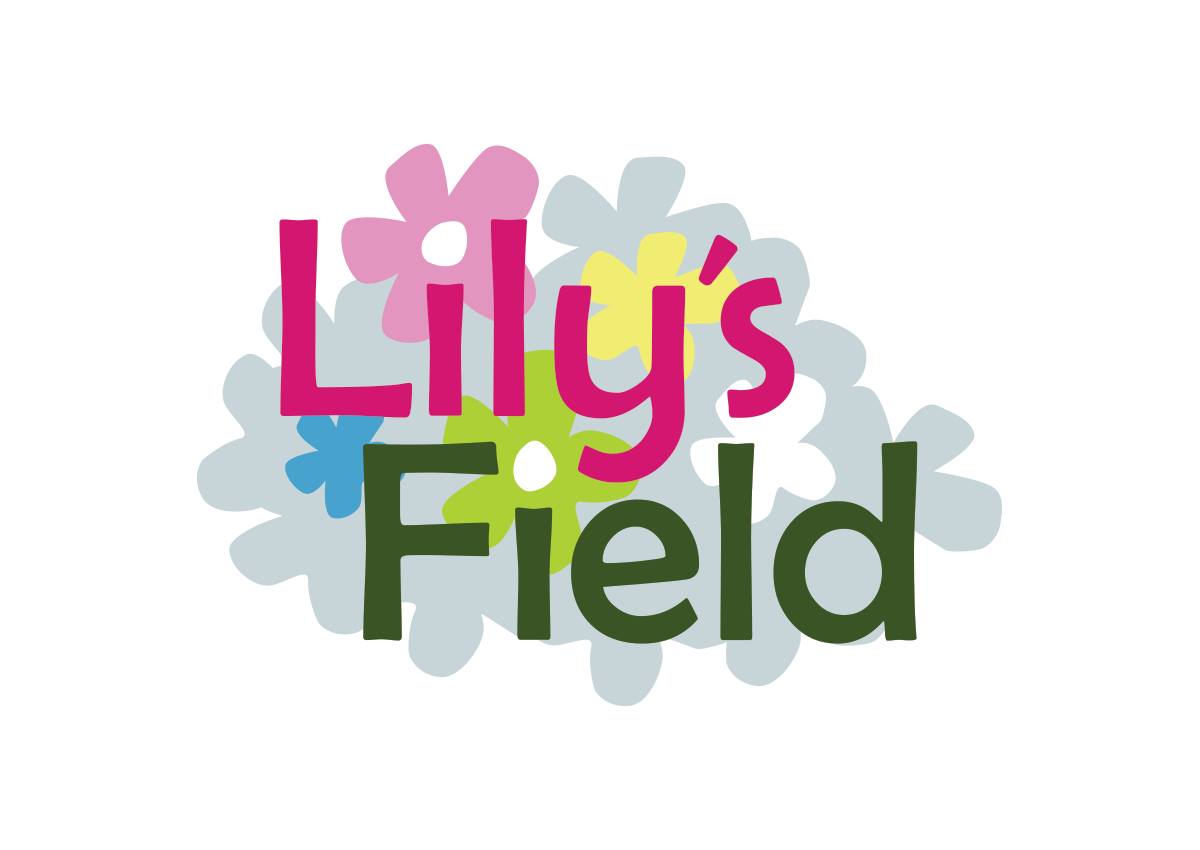The terms hardy, half hardy and tender are used to describe how a plant relates to cold, damp and frost. This is determined by zones and it is necessary to know a little bit about what your own environment is like. In general Ireland has a narrow range of zones crossing 8b to 9b. Areas near to the coast are generally a little milder and therefore more forgiving.
Microclimates are interesting – despite the general classification zones, if you live in an urban or suburban area your conditions will allow for more scope. High walls, smaller gardens and increased temperatures in built up areas allow some of the more tender plants to survive through winter. However, if you live in an inland rural location, with a big open garden and you are at the foot of a mountain it is a different story – frost is much more common here and those borderline plants just won’t survive without protection. The type of soil you have can also influence survival but that is a topic for another day.
Hardy annuals – can tolerate some frost exposure and in general do better if they are started in autumn or early spring. Because they are classed as hardy their tolerance of heat is reduced. I have experimented with different sowing times and have found that those started in early spring tend to bulk up much more and therefore produce more flowering stems. When I sowed some of the hardy annuals later in May the results were not as good – yes they did flower but on shorter stems and less abundantly. Examples of hardy annuals are Cornflowers, Ammi, Orlaya, larkspur and sweet peas.
Half hardy annuals – are frost tender especially at the start of their life and therefore they need protection from low temperatures and frost. In my experience these plants are very vulnerable at the seedling stage and therefore I hold off starting them until at least the end of March. As a professional grower I have good facilities including heat mats and polytunnels for protection – if your set up is limited to windowsills and outdoor spaces then I would choose to wait until late April or early May to start them. Examples are Cosmos, Zinnia and Sunflowers.
Tender annuals – what we class as a tender annual is often a tender perennial but we grow them as annuals because they have no chance of surviving our cold wet winters. If started indoors they can be treated the same way as the half hardies but with a little extra care. Examples are Tithonia, Celosia and the herb basil. There is a big cross over between half hardy and tender with annuals.
Hardy Perennials – these plants can live for many years, surviving the worst of our weather. They are tough plants and well worth investing in. Many of them can be grown from seed which makes them very good value. For an added bonus look out for ones that flower in their first year like Achillea, Rudbekia (some are not hardy), Agastache, Belladonna Delphiniums and lupins.
Tender perennials won’t do so well in frost and very wet cold conditions. However some can survive with added protection. For example Dahlias, it is a big job to dig up, store and replant them each year. Instead cover them with a deep mulch – cardboard, compost and manure all work. Often it can be the wet rather than severe frosts that cause the damage. Dahlias, like potatoes have ‘storage organs’ rather than roots in the soil – if you limit the amount of water in the soil around them with the mulch they have a much better chance of survival. Chocolate Cosmos is another tender plant that everyone loves – treat as above or dig up and store in a pot under the protection of a glasshouse or polytunnel.
